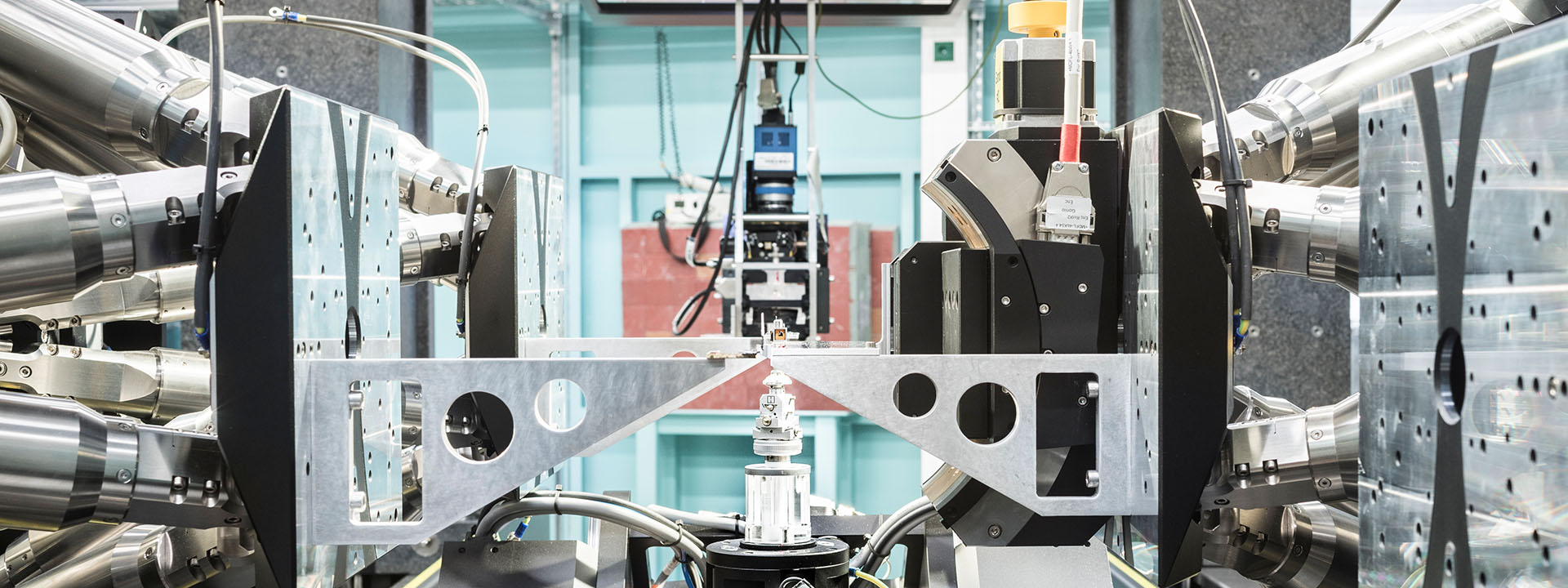Synchrotron photon sources offer an extremely wide energy spectrum, ultra-small beam dimensions and extreme temporal resolution, making it possible to investigate a huge range of dynamic processes in materials and biological systems.
At IPS we develop and apply synchrotron-based in situ & operando X-ray imaging, X-ray spectroscopy, and X-ray scattering techniques within the framework of the Helmholtz Research Program "From Matter to Materials and Life" (MML). Our research comprises pioneering, proof-of-principle experiments as well as systematic studies, which advance our understanding of the relationships between structure, function and behaviour in materials research and the life sciences. For this purpose the IPS operates the three state-of-the-art SPECTROSCOPY, SCATTERING and IMAGING Clusters, incorporating beamline and laboratory instrumentation at the KIT Light Source together with facilities at the synchrotron sources at PETRA III, the ESRF and the ALS.
Our research activities are closely linked to teaching and research within the KIT Faculties of Physics and Chemistry & Biosciences, and we work in close cooperation with other KIT institutes and with leading national and international research institutions and universities.

We welcome Dr. Julian Katzke, KIT International Excellence Fellow, for a three-month stay at IPS. He brings expertise in X-ray µCT, morphometrics, and machine learning, and will help develop scalable workflows to advance morphological imaging and digital biodiversity research.
more
Jenny Hein & Thomas van de Kamp received three awards for their contribution “A Bark Beetle’s Stellar Gut” at the Best Scientific Image Contest 2025 of Helmholtz Imaging. Their work features a 3D synchrotron scan revealing the star-shaped foregut of a bark beetle - a stunning look into insect inner morphology.
more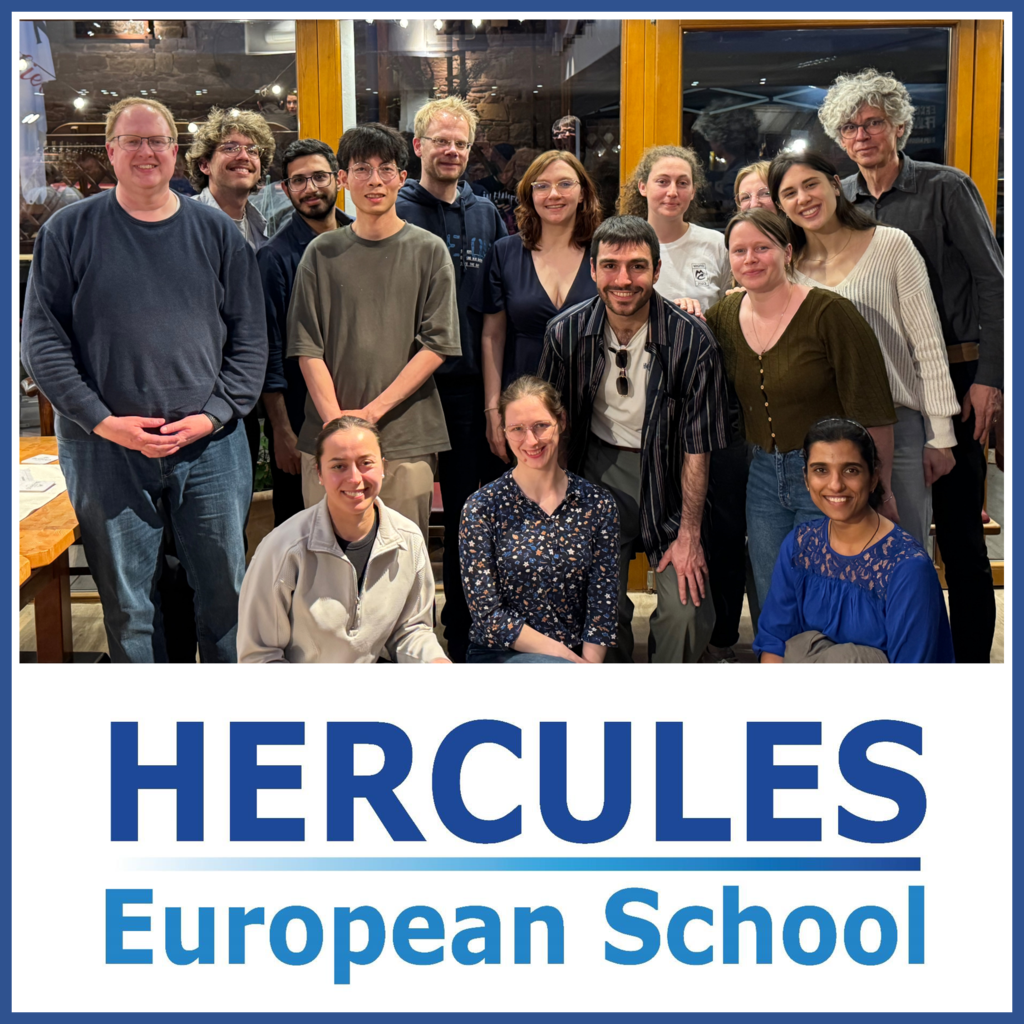
The HERCULES European School in Grenoble, France, is dedicated to train students and scientists from European universities and laboratories. Recently, participants of the school completed an internship at KIT. During their stay, they attended lectures, tutorials and practical courses at the KIT Light Source.
more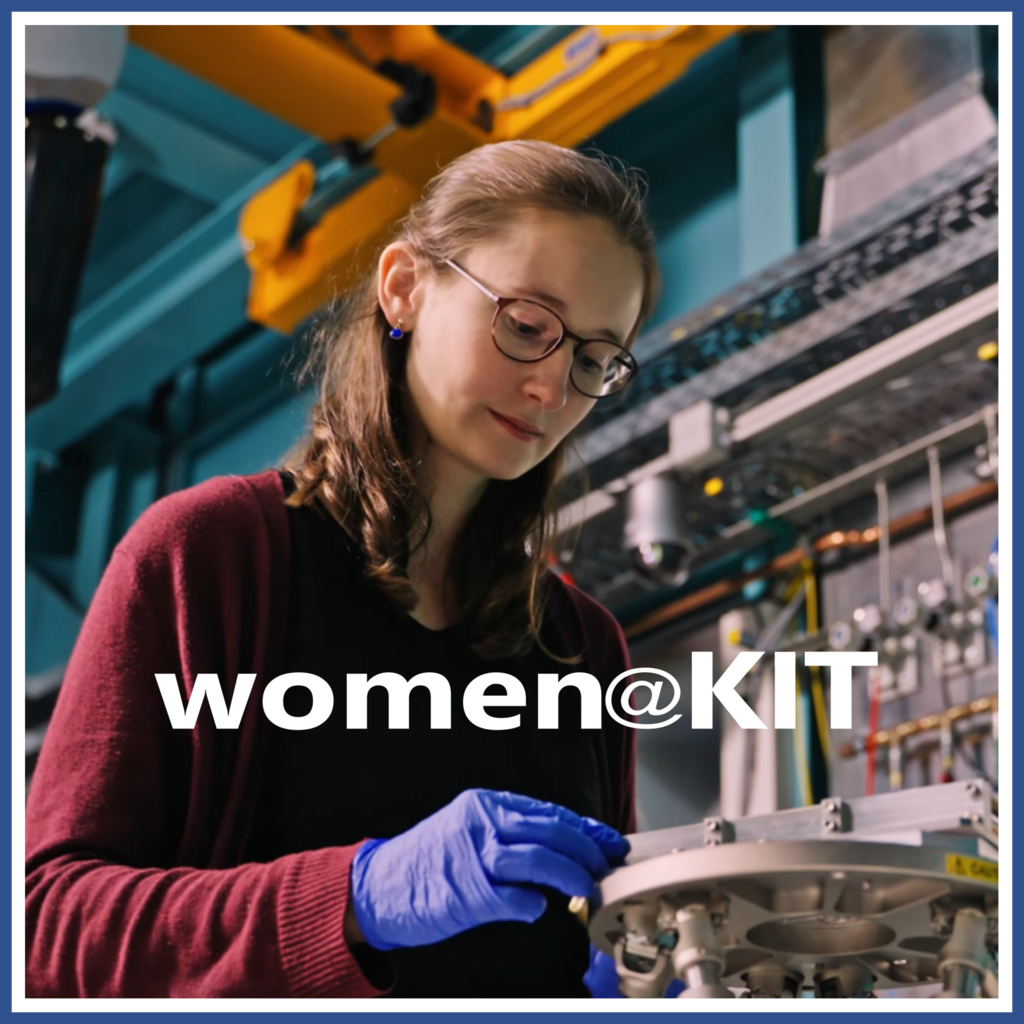
Women remain underrepresented in the tech sector and natural sciences. That’s why KIT, in the "women@KIT" series, highlights women who have nevertheless – or perhaps for that very reason – pursued a path in science and technology. One of them is Rebecca Spiecker, who completed her PhD at the IPS.
more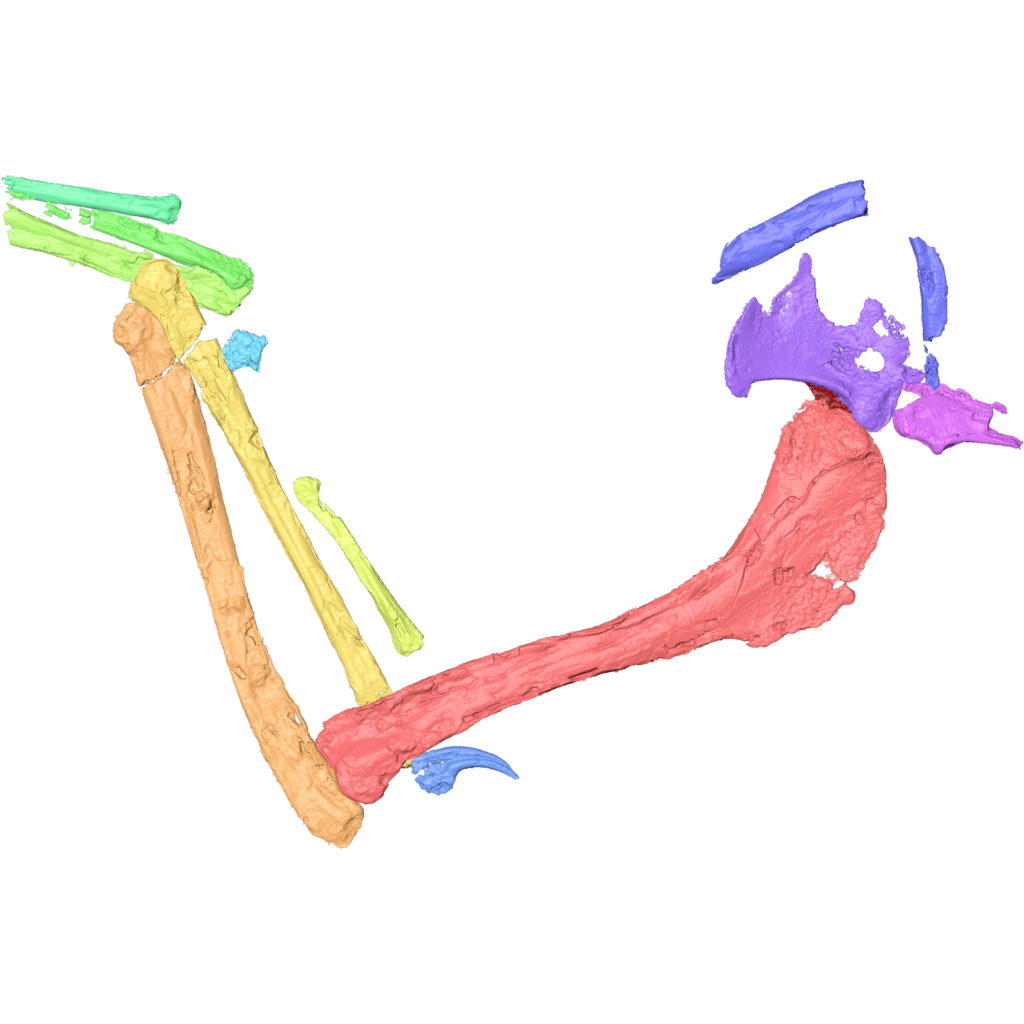
IPS scientists contributed to the unveiling of a new specimen of Archaeopteryx, discovered in the Mörnsheim Formation of Bavaria. Using computed tomography, the researchers revealed morphological details hidden within limestone, adding crucial insights into the evolution of early birds.
more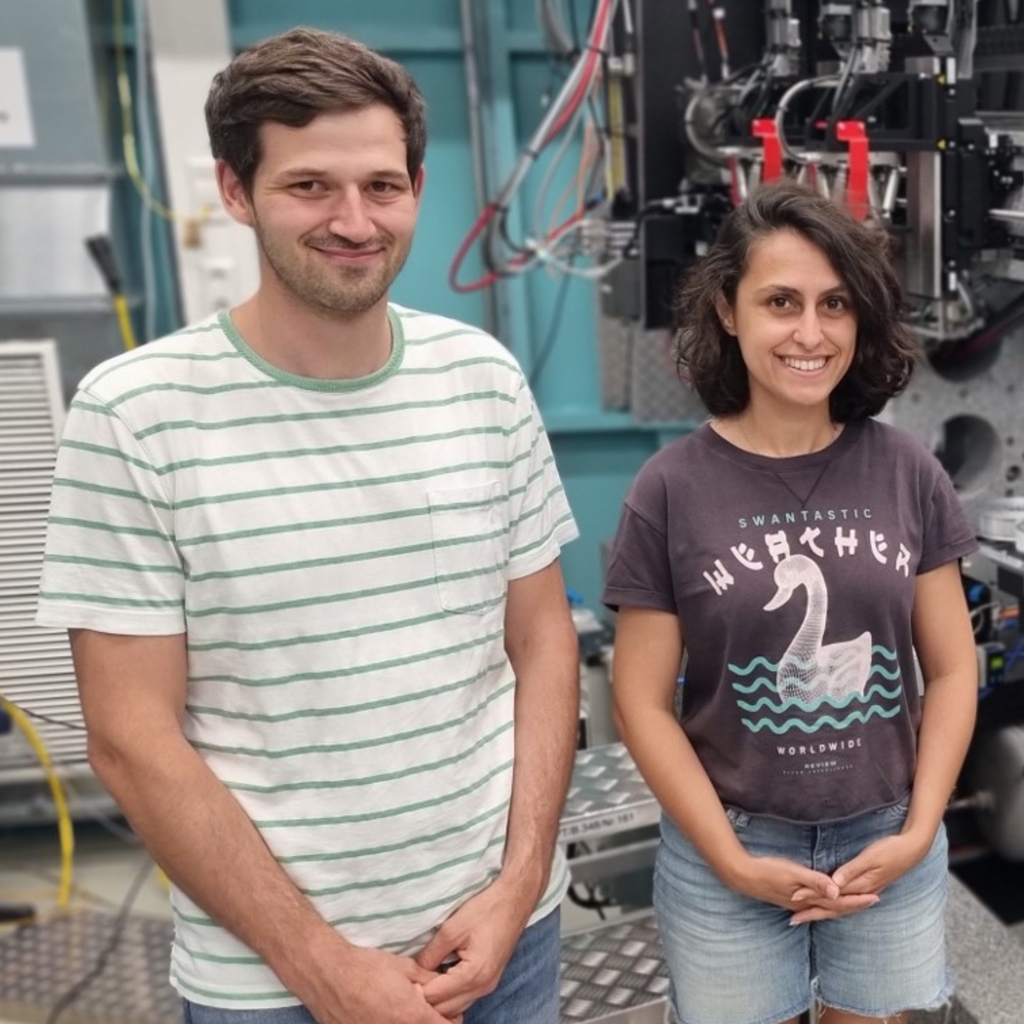
Merve Kabukcuoglu and Mathias Hurst received awards for their contributions related to X-ray laminography at international conferences. Merve gave a talk on dislocation dynamics in GaAs at the XTOP2024. Mathias presented the development and application of hierarchical in situ laminography at the XRM2024.
more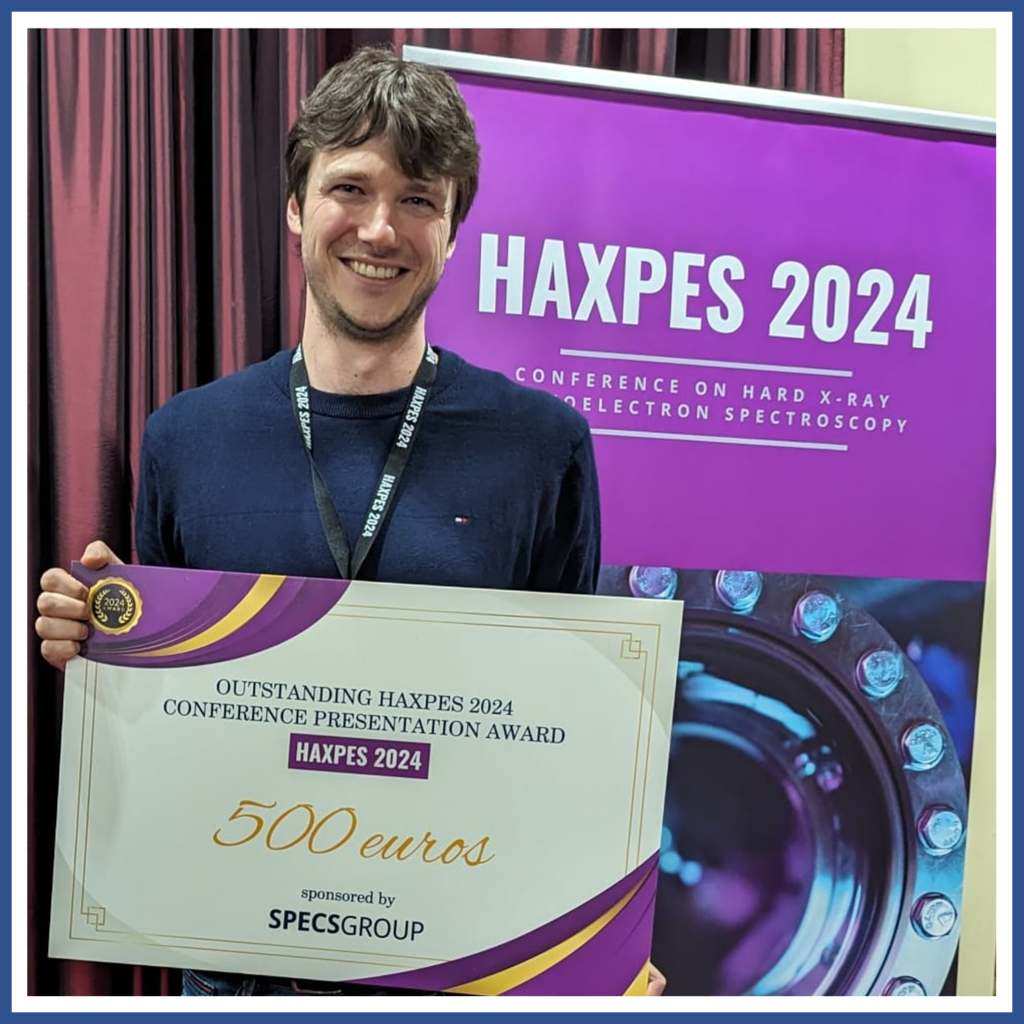
Constantin Wansorra received the outstanding conference presentation award at the HAXPES 2024 conference for his talk entitled “Are calculated partial photoionization cross sections good enough for HAXPES applications?”.
more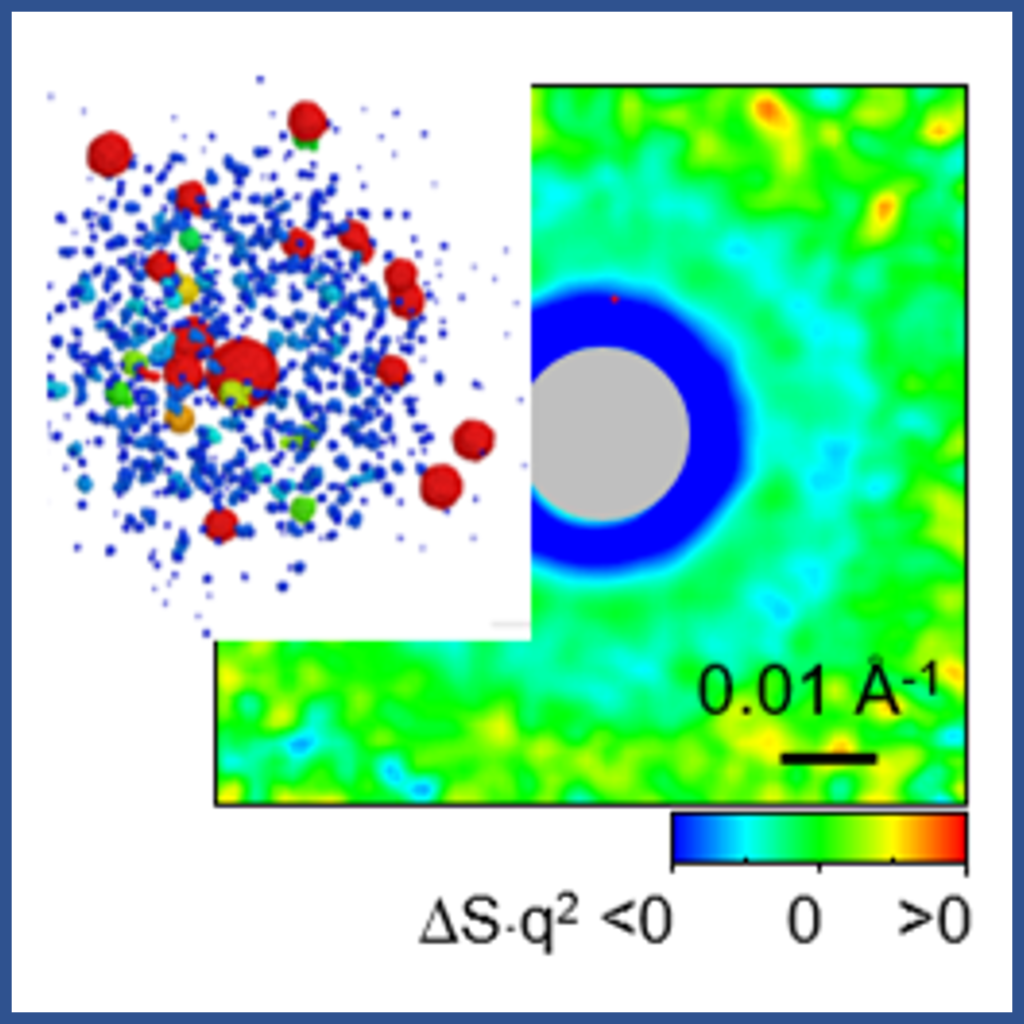
The laser fragmentation of gold colloids has been investigated both with picosecond time resolved x-ray scattering as well as in large-scale simulation methods. The results confirm a model of thermal phase explosion of the laser-excited nanoparticles, which explains the size distribution of fragments in the 2-3 nm range.
more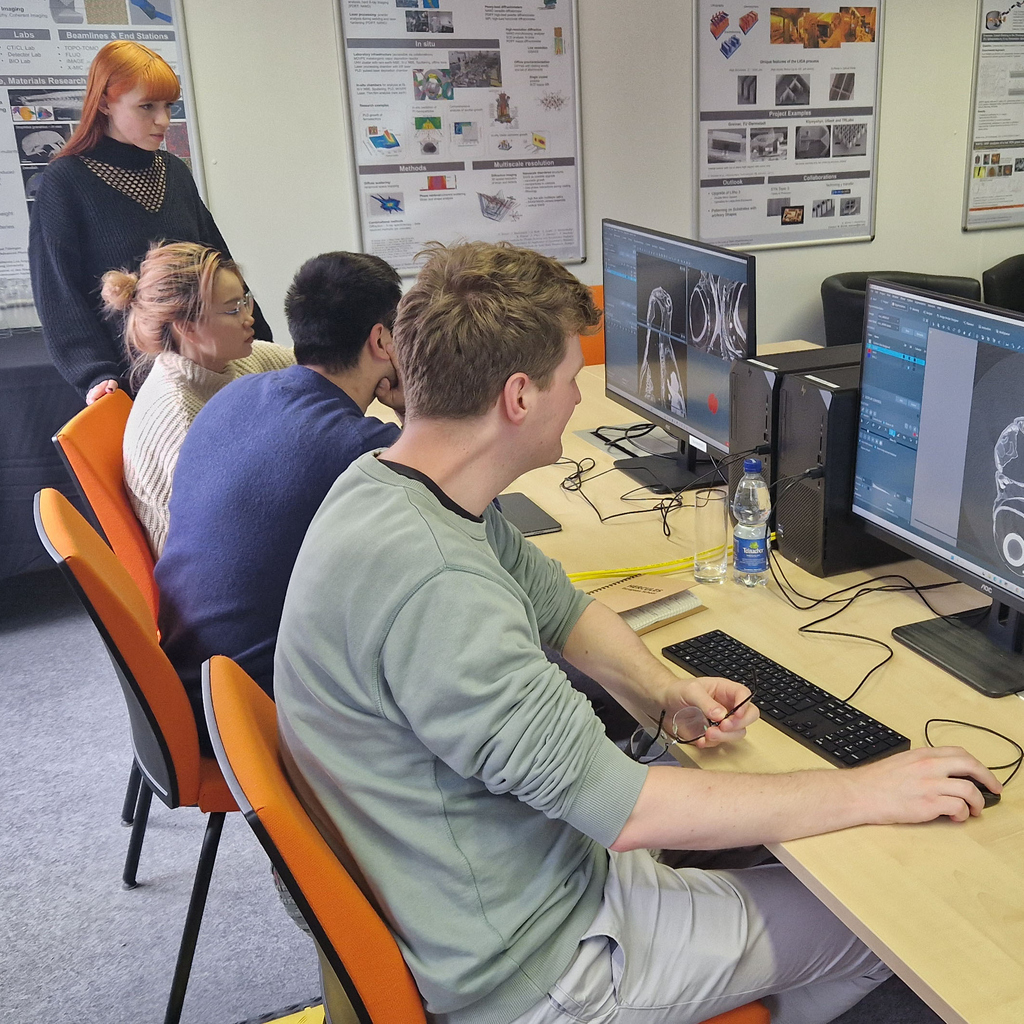
The HERCULES European School in Grenoble, France, is dedicated to train students and scientists from European universities and laboratories. Recently, participants of the school completed an internship at KIT. During their stay, they attended lectures, tutorials and practical courses at the KIT Light Source.
more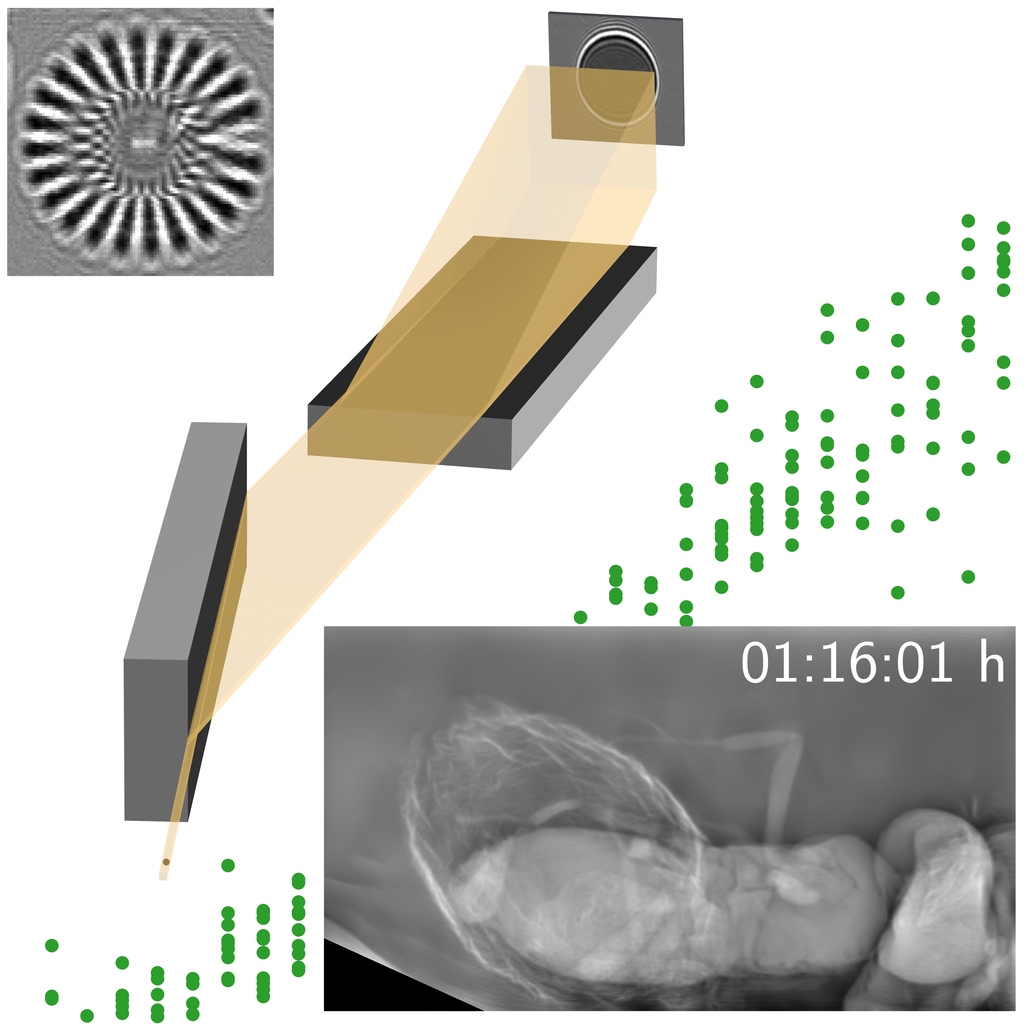
Researchers at IPS, in collaboration with partners across Germany, have developed an X-ray imaging method tailored for living samples and dose-sensitive materials. The system allows for capturing images with micron-level resolution while minimizing radiation exposure. In a pilot study, the technique was applied to observe living parasitoid wasps inside their hosts for over 30 minutes.
more